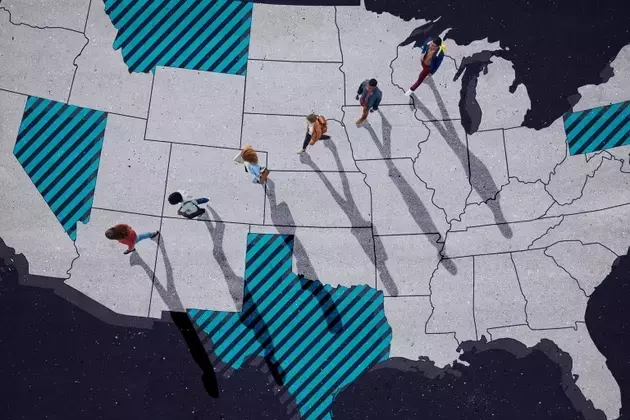
The recent American employment data presents a nuanced view of the nation's labor landscape. While the economy added more jobs than experts had forecast, a concurrent uptick in the unemployment rate suggests a dynamic shift. This intricate situation, characterized by both robust job creation and an expanding pool of job seekers, poses a unique challenge for policymakers. Adding to this complexity, the growth in wages has remained relatively subdued, further influencing economic projections.
Detailed Report on the US Employment Sector
In September, the United States witnessed a more substantial increase in non-farm payrolls than initially projected, with a reported addition of 119,000 jobs, significantly surpassing the consensus estimate of 51,000. This indicates a resilient job market capable of generating employment opportunities even amidst broader economic uncertainties. However, this positive trend was accompanied by a rise in the unemployment rate, which climbed from 4.3% to 4.4%. This increase is primarily attributed to a greater number of individuals re-entering the workforce and actively seeking employment, rather than a significant loss of existing jobs.
Furthermore, wage growth during this period remained modest, with a mere 0.2% month-over-month increase. This slow pace of wage hikes, combined with the mixed signals from job growth and unemployment, creates a complex environment for the Federal Reserve. Given the central bank's recent shift towards a more restrictive monetary policy stance and the absence of critical economic data before their next policy meeting in December, market participants are left to ponder the timing and nature of future interest rate adjustments. The prevailing sentiment among investors is that any significant policy changes are unlikely to occur until well into 2026, reflecting the cautious and data-dependent approach anticipated from the Federal Reserve.
The current state of the US labor market underscores the delicate balance policymakers must strike. Strong job creation is generally a sign of economic health, but when paired with rising unemployment and tempered wage growth, it signals underlying complexities. The Federal Reserve's challenge lies in interpreting these divergent indicators accurately to formulate a monetary policy that supports sustainable economic growth without triggering inflationary pressures. This scenario prompts a deeper consideration of how labor market dynamics interact with broader economic forces and the tools available to guide the economy effectively.
